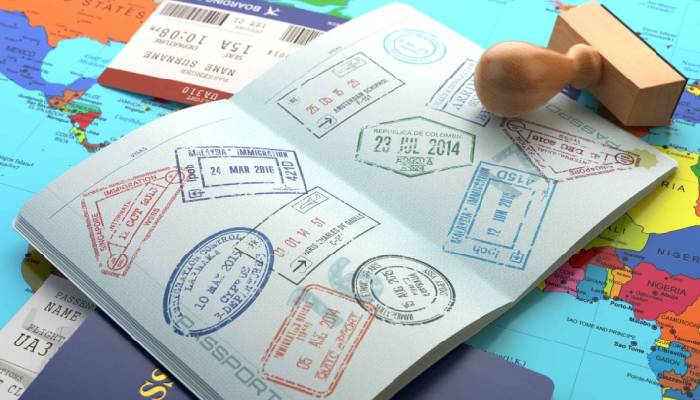
Traditional passport stamps will no longer be used for people entering or leaving the European Union (EU).
The new system called the Entry/Exit System (EES) will now take the place of traditional passport stamping.
Under this system, travellers from all over the world will be required to go through biometric screening, along with their passport information every time they enter or leave an EU country.
As per BBC, if anyone refuse to give this biometric information, they won't be allowed to enter the country.
The new system will take about six months to be fully active in all EU countries, with everything expected to be completed by April 10, 2026.
While traveling to an EU country, your fingerprints and photo will taken at departure point like an airports, port and train station by using special booths.
This biometric data will then be stored and stay valid for three years, so you won't need to go through the full process again as border officers will just check the person's stored biometrics.
However, if someone stays in an EU country longer than the allowed 90 days without visa, their data will be kept for five years instead.
On top of that, people with ePassports will also be able to use e-gates for quicker entry.
EES registration, which doesn't require any cost is designed to improve border security but at the same time many concerns have been raised that it could lead to long lines.
However, the EU assured that once the system is fully implemented, it will actually make border crossing faster.












